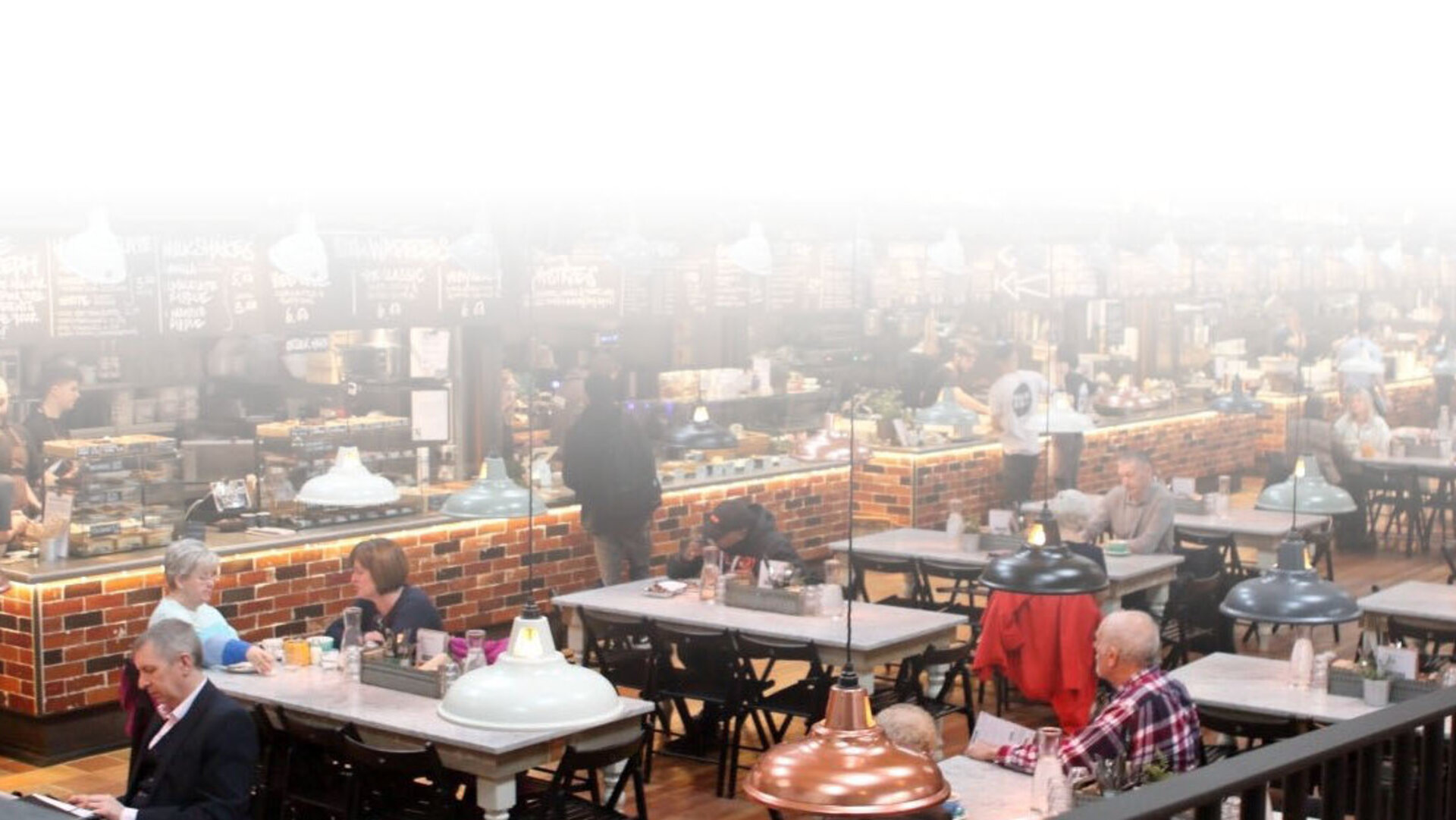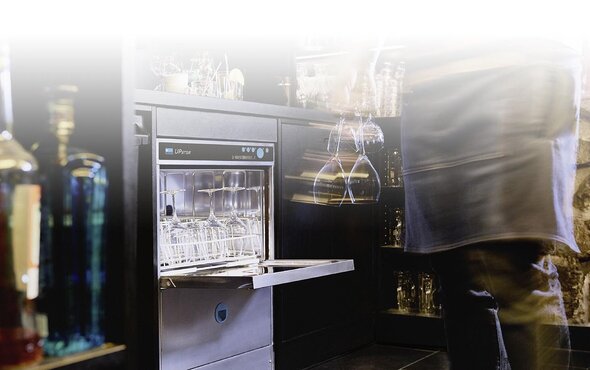MARKET HALL 'STREET FOOD' SITES FEATURE OFFSHOOTS OF POPULAR RESTAURANTS
Street food vendors are typically independent operators, new and smaller brands that disrupt the market with original recipe ideas and ingredients. But established chefs and restaurateurs also helped kick start this trend, with their 'pop-up' restaurants, participating and supporting the new street food concepts.
Providing all-weather protection are the large market hall 'street food' sites which feature top street food traders and/or offshoots of popular restaurants, set usually within a disused space such as a redundant department store, catering space or cinema. The street food operators suffered the same from the Covid lockdown as everyone else. But there is hope for a brighter future.
HOW STREET FOOD IS SERVED IN THE UK WHILE KEEPING DISTANCE IS THE NEW NORMAL
BOOK IN ADVANCE
London's Seven Dials Market in Covent Garden announced its re-opening post Covid with the following information ... "We have extended our H&S practices to greater degrees than ever (temperature checks, track and trace, lower capacity, distanced seating, hand sanitation stations and all ordering via a click and collect platform), but we’re still us, the place is still a magnificent and dramatic rarity - and the food being created, cooked and served by the brilliant SDM vendors is tasting better than ever.
Customers wanting to eat there need to book in advance to avoid any disappointment. Only a limited number of walk-ins per day are allowed. So there is no guarantee to be seated without a prior booking.
WALK-INS ONLY
In the North of England, Macclesfield's Picturedrome, Market House Alty (Altrincham) and Mackie Mayor Manchester were quick to adapt to the new trading conditions brought on by Covid and the operator is still accepting walk-in trade. It says, "All our locations have been adhering to social distancing guidelines assisted by our App only ordering and payment system which also captures information for track and trace. You will need Alt.Eats downloaded onto your phone and create an account before you can order and pay."
The app allows people to create an account and order and pay for food at the table, cutting out a lot of unnecessary movement. The app has also allowed the operator to introduce a takeaway service creating an additional dimension.
DISHWASHING, GLASSWASHING AND POTWASHING – ALL HYGIENICALLY HANDLED IN THE BACK
As always for every new catering innovation, there is a dishwashing problem and a solution. Street food sites with multiple kitchens, bars and large areas of seating create a need for dishwashing, glasswashing and potwashing, as well as food waste handling. Centralising dishwashing minimises additional equipment costs and saves space for the food vendors.
Picturedrome Macclesfield is a great example of how a combination of good design and the right choice of dishwashing machines helps achieve maximum hygiene. All crockery and cutlery, glasses and plates, pots and pans not only leave the dishwashers spotless but also coronavirus-free.

The concept involves seven kitchens, two bars and a total of 10 clients. Each of the kitchens and bars is owned and run by an independent operator but the dining area and services such as the dishwash are shared.
MEIKO Partner Distributor CHR Equipment designed, project managed and installed the catering and bar facilities. CHR designed a three-zone dishwash and the design team was careful to include sufficient working and storage space for each section, allowing them to operate without interfering or crossing over with the others.
On a busy Saturday Picturedrome can cater for more than 2,500 covers. A team of four-eight runners keep the dishwash supplied by clearing the tables and bar areas, and collecting used pots, pans and display dishes.
WORKING WITH MEIKO, CHR SPECIFIED THREE DISHWASH SOLUTIONS FOR EACH OF THE WASH ZONES
- A MEIKO UPster rack transport dishwasher would handle the most soiled ware; pots, pans and crockery. To the left of this machine is a heavy-duty pre-spray and pre-scrapping area which would reduce the soil-load on the dishwasher and help ensure the most efficiency in use.
- Coffee and tea service creates its own warewashing problems because of tannin staining in the cups; a separate hood machine was specified to handle just this crockery.
- Finally, CHR specified two MEIKO undercounter machines with GiO reverse osmosis for washing the glassware.
A key part of the dishwash are the sorting areas, which are essential to ensure a smooth workflow. Each of the kitchens has their own individual crockery and the bars have their own glassware, which needs sorting separately for return.
HOW DO OPERATORS ENSURE THEY GET THEIR OWN CROCKERY OR PANS BACK?
Wash baskets and racks are available to suit virtually any size or shape of crockery, cutlery, pots and pans. Some can be tailored to suit different glassware, cups and crockery such as serving dishes. More importantly, where there are several users of the dishwasher, restaurant staff need to be able to find their own wash baskets and racks after they have been through the dishwasher. To help with this, wash baskets and racks can be colour coded, to help the staff easily find what they need for their outlet from the centralised dishwash. The right dishrack protects the contents and also ensures easy identification and handling by the staff.
For more information on MEIKO baskets and racks, click here.

GREAT VENUE
Sunday brunch. Our first visit and really enjoyed it. We had to load the app to order our food, but was very straight forward. All social distancing and COVID-19 restrictions followed.


